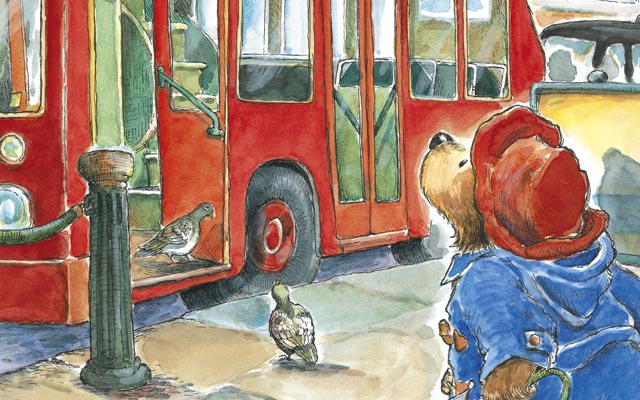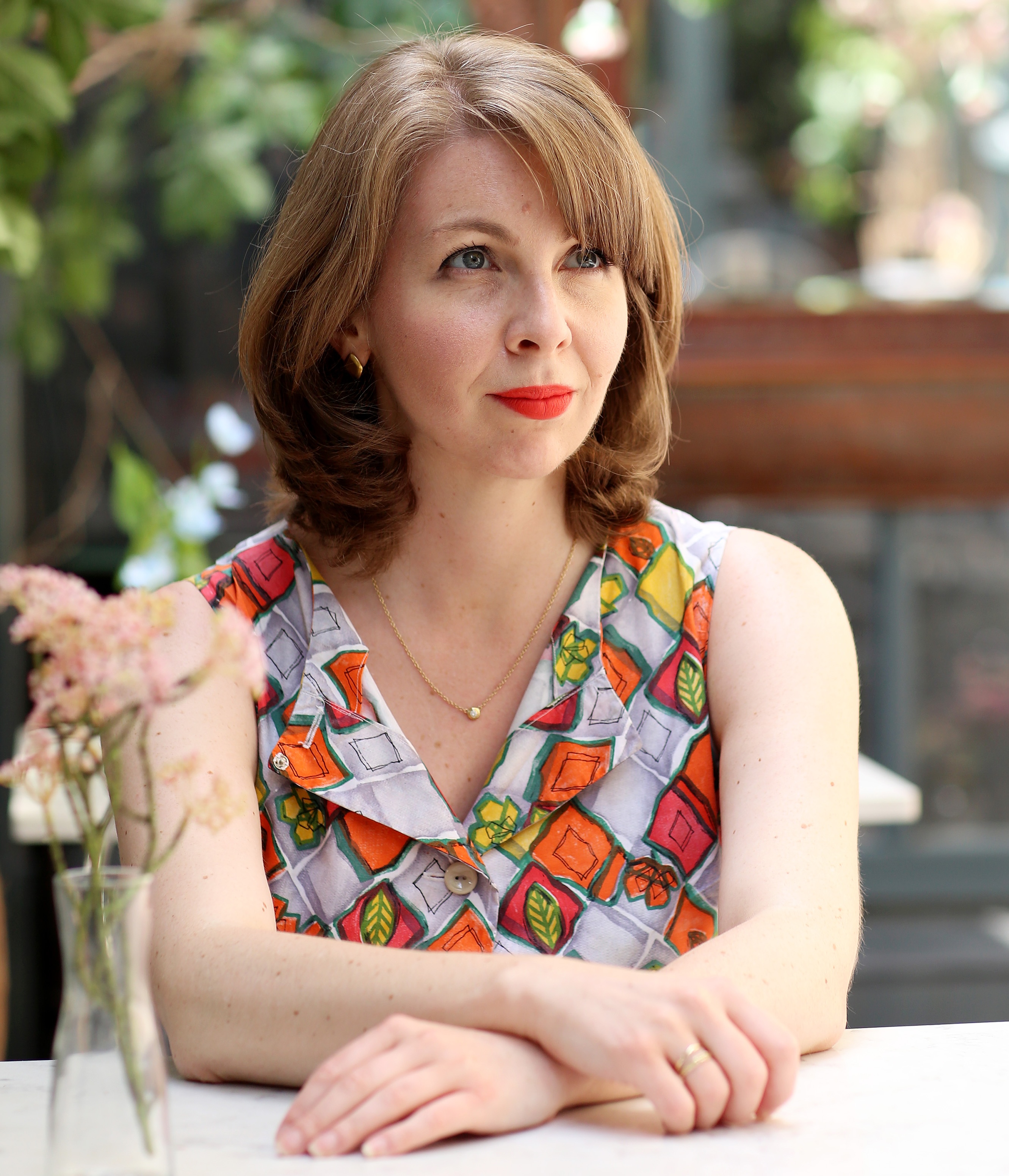Paddington Bear's London
We follow Paddington Bear's paw-prints round the capital and find out what's changed.


Almost 60 years ago, a BBC cameraman called Michael Bond rescued a lone toy bear from the shelves at Selfridges on Christmas Eve and took it home. Not long afterwards, he thought he’d have a go at writing a story with it as the star and, in doing so, created one of the immortals. A daydreamer with his paws firmly on the ground, inclined to look on the bright side but robustly dismissive of silliness, Paddington is the greatest South American export since cocoa beans. And he’s the closest thing to a mascot that Londoners have.
There is, as the old saying goes, no one more zealous than the convert. And Paddington takes to life in the capital with gusto, dashing up escalators and gadding about in the West End with the best of them. How wise his Aunt Lucy (now resident in Lima’s Home for Retired Bears) was to steer him towards a boat bound for Britain truly, he belongs here.
Polite to a fault and a firm believer in the healing power of sandwiches, he also fulminates constantly about how expensive everything is (‘Twenty pence!’ he explodes when forced to cough up for a pair of opera glasses. ‘That’s two buns’ worth!’), and has ‘a very persistent stare’ that he deploys to withering effect when the occasion calls for it.
A Bear Called Paddington, the first instalment of his adventures, came out in 1958, when London was still pitted with bomb craters. Since then, our clumsy hero has made his way around most of the capital: Buckingham Palace, the Tower of London, Hampton Court, Trafalgar Square and London Zoo (where an elephant, predictably, steals his lunch). Like James Bond, age cannot wither him recently, he’s given a hop-on-hop-off tour bus and the Millennium Wheel a whirl. But there’s a corner of west London that will always be his home. Would he still recognise it today? I decide to find out.
My starting point is exactly the same as his: Paddington station. Stepping off the escalator onto the echoing concourse, I feel rather self-conscious in my duffle coat (to help me get into the spirit of things), but I press on. The Browns, who scoop Paddington up off the platform, are a little taken aback by his eccentric appearance, but he holds his head up high.
The buffet, where he disgraces himself by stepping in a cream cake, is, alas, long gone. In its place is a branch of Yo Sushi, with dishes trundling past on a conveyor belt. I can easily picture Paddington, whose eyes are always bigger than his stomach, taking a seat in front of it and the ensuing chaos.
To my left is the famous bronze statue of him, complete with battered suitcase and label reading ‘Please look after this bear’. The sculptor, Marcus Cornish, tapped brilliantly into the essence of Peggy Fortnum’s original illustrations with their touching mix of stout-heartedness and vulnerability. Looking at it, I think of all the people who catch the train to Heathrow from here, the boarding-school-bound children at the start of term, the honeymooners on their way to the Cornish Riviera. Although the Victorian clocks are all that remain of the station’s once magnificent decor, it still feels like somewhere a person or a bear might set out on the adventure of a lifetime from.
Exquisite houses, the beauty of Nature, and how to get the most from your life, straight to your inbox.
After a wrangle with the taxi driver (‘Bears is extra, sticky bears is twice as much again’), the Browns whisk Paddington off to 32, Windsor Gardens, with its smart white steps and big green door. The address, I discover, is real and, better still, within easy walking distance of the station. I stroll up the Harrow Road, passing row after row of promising-looking Victorian town houses. How lovely, I think, that things have changed so little in half a century. Then, I spot the street sign I’ve been looking for and my heart sinks.
There are no steps or green doors. In fact, there are no town houses, full stop. Instead, I find a block of flats, a pub with boarded-up windows and a concrete hut with ‘NO PARKING IN HERE’ painted on it in furious capitals.
Opposite me, two workmen are digging a hole in the road. ‘Excuse me,’ I ask in my best Paddington voice, ‘but where would I find number 32?’ The workmen look at each other and sigh. It transpires that number 32 doesn’t exist although there is a number 23, the door-bell of which, one presumes, is forever being rung by dyslexic bear-spotters. Later, I read that Windsor Gardens was a mish-mash of Michael Bond’s parents’ address (Winser Drive) and his own (Arundel Gardens). The Browns’ cheerful family home never really existed.
The sun has disappeared and, as I head back to the main road, fastening the toggles on my coat, I start to feel a bit glum. But a trip on the Underground (‘quite the most exciting thing that had ever happened to him’) always sees Paddington right and, soon, I’m stepping off the train at Ladbroke Grove, the gateway to Portobello Road. Paddington comes here most days to tootle around the market (‘that bear gets more for his 10 pence than anyone I know,’ marvels the Browns’ housekeeper, Mrs Bird) and lend a paw in the antique shop of fellow émigré Mr Gruber.
The wares may be a little more hipsterish than in Paddington’s day (what he would have made of skinny jeans on men is anybody’s guess), but the traders in deckchairs joshing with each other would have been instantly familiar to him. As I pass the trendy burger joints and pop-up pizzerias, my stomach starts to rumble. Paddington and Mr Gruber generally share something sweet for elevenses, but here in W10, where every other person is gluten-intolerant, you can’t get a sticky bun for love nor money.
Then, like a mirage, something wonderful looms up from between the trestle tables: the Hummingbird Bakery, purveyor of cupcakes to the stars. Yes, the whole concept is an import but then, so is Paddington.
Inside, all is sponge and sprinkles. They don’t have anything with marmalade in it, but I’m tickled by a sticky-toffee-pudding-style creation with caramel drizzled on top. I pay, counting out my pennies carefully (very Paddington) and take it outside to eat. As I make my way towards Notting Hill Gate, several of the stallholders smile warmly. ‘Great coat,’ one calls after me.
Settled on a bench, I bite into my cupcake and the frosting goes everywhere. Wiping it away with a paper napkin, I catch sight of myself in the shop window opposite duffle-coated, covered in cake and can’t help but grin.
In many ways, I think to myself, Paddington’s is a London that never really existed. Although the first book came out on the cusp of the Swinging Sixties, they all feel as if they’re set much earlier, in a prelapsarian era of hat-doffing and full-fat milk. But the simple pleasures the little bear from Darkest Peru finds in his new home are still there for the taking. As I dab the last of the caramel off my face, a line from A Bear Called Paddington comes to me unbidden. ‘“I’m glad I emigrated,” said Paddington, as he reached out a paw and pulled the plate nearer. “Do you think anyone would mind if I stood on the table to eat?”’
‘Paddington’, starring Hugh Bonneville and Julie Walters, will be released on November 28 (www.paddington.com). Illustrations, by R. W. Alley, and captions from ‘Paddington’s London Treasury’ by Michael Bond (HarperCollins, £12.99)

Emma Hughes lives in London and has spent the past 15 years writing for publications including the Guardian, the Telegraph, the Evening Standard, Waitrose Food, British Vogue and Condé Nast Traveller. Currently Country Life's Acting Assistant Features Editor and its London Life restaurant columnist, if she isn't tapping away at a keyboard she's probably taking something out of the oven (or eating it).
